By: Peter Consalvi, David Schack, Alex Albright
Into the Unknown
It’s a bizarre question, but ask yourself ‘What do I know about Cuba?’ Cigars, rum, and Communism are probably the first (and perhaps only) thoughts that come to mind. But some quick Google searches will reveal a country that is extremely dedicated to protecting the environment. Take a look at Google Maps and you’ll notice the approximately Florida-sized island has an impressive 17 National Parks, as well as dozens of nature reserves and protected coastlines. So, when planning our two-week trip to Cuba the goal was clear- visit as many National Parks and protected areas as possible. Once our group of six Mines students successfully navigated the far from straightforward logistics of traveling to Cuba, we arrived in Havana ready to explore Cuba’s untouched National Parks.
National Parks in Cuba
Cuba’s National Parks protect the country’s diverse environment: mountains, jungles, beach sand caves in particular. The range of activities you could do in at the parks matched the diversity of the landscape- snorkeling near coral reefs, hiking through jungles, cliff jumping and swimming in secluded natural pools. Quite the contrast from Colorado! Almost all Cuban National Parks are inaccessible by bus or car. The underdeveloped infrastructure in Cuba’s rural regions means the only option to get into most parks is taking a 4×4 Jeep. And for some parks, even Jeeps can’t get in. The only way we could get to Parque Natural Topes de Collantes was on horses! While the inaccessibility of the parks made it difficult to stick to our ten National Park visits itinerary, it also meant the parks we did visit weren’t crowded with tourists (at least compared to typical US parks).
Conservation Efforts
The overwhelmingly positive attitude Cubans have towards environment sustainability is particularly visible when comparing their National Park system to the United States. Both systems perform the same basic function – regulate areas of land and limit human impact upon them – however the way they accomplish these goals, and the reasoning behind them, are far different.
In the United States, the national park system is funded by taxpayers and exists to conserve areas of the country for future generations, so that they may enjoy the scenery and beauty of nature. To that end, the activities that one can do in a national park are highly regulated to ensure that no undue damage is caused to the environment by recreational users. Prices are kept low enough that the average American does not struggle to pay an entrance fee or campsite fee, and areas of where the environment is beginning to be damaged by high traffic are typically closed off, allowed only to guided groups, or the number of people allowed to enter is limited by restricting the number of permits available.
In Cuba however, the apparent purpose of the parks is to generate money for the government, mostly from comparatively wealthy foreigners. The difference in goals of the national parks then drives the differences in management and implementation of the parks. Parks in Cuba are expensive for Cuban nationals. A typical park entrance fee is somewhere around half a month’s salary for the average Cuban. This means the locals typically do not have the opportunity to enjoy the nature that is around them. They also cater to the tourist, with alcohol, food, and jeep tours readily available (for a cost). Areas of high traffic are not considered environmental risk, but profit potential and crowds are limited only by an increase in the cost of entry.
This is not to say that the profit of these parks interferes with their ability to preserve nature for future generations. In fact, the tourism value of the parks is what enables them to exist in the first place. Many of these parks lie in areas that otherwise would have been converted to farm or ranch land, or otherwise tarnished by human activity. The profit model of national parks allows this land to generate income, while also preserving its beauty for future generations.
We arrived in Cuba knowing very little about what to expect or how we would be treated as Americans- we left the country with sincere appreciation for the kindness and generosity shown to us by the Cuban people, and a firm belief that Cuba’s environmental sustainability programs can serve as model for other countries.

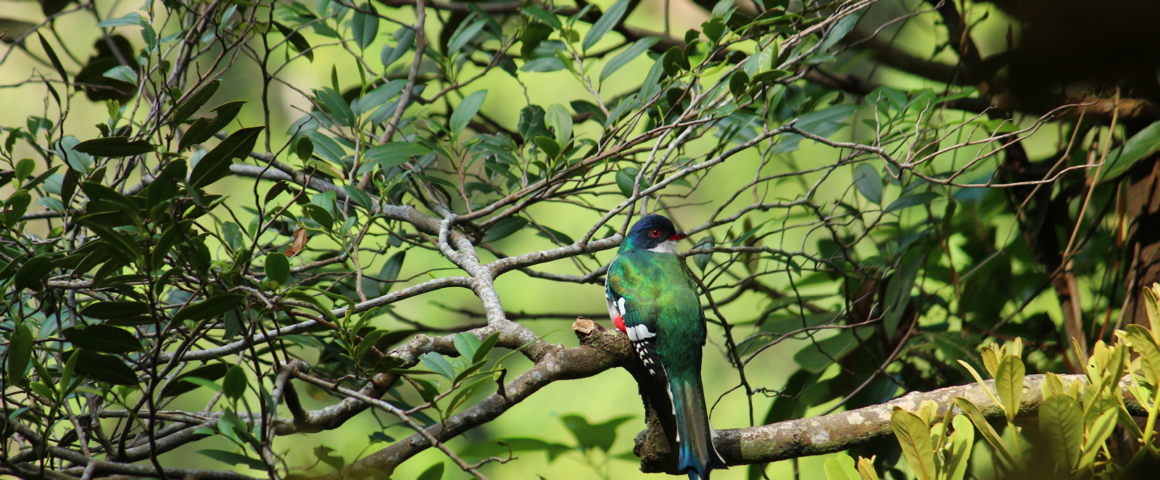
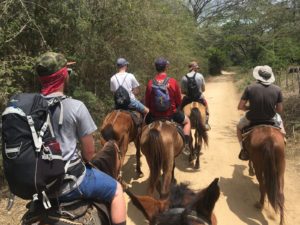
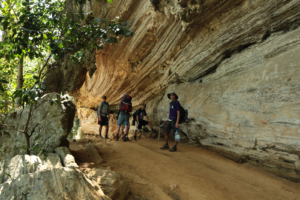
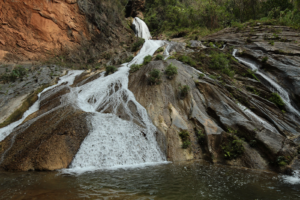
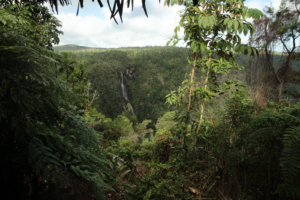
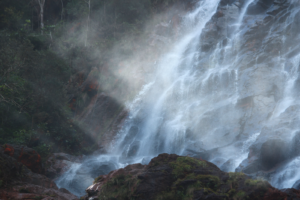
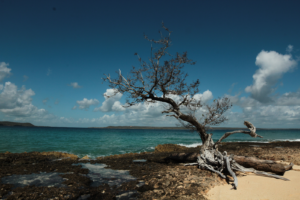
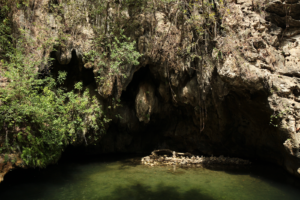
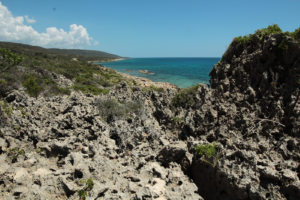
'Orediggers Abroad: Learning About Conservation in Cuba' has no comments
Be the first to comment this post!